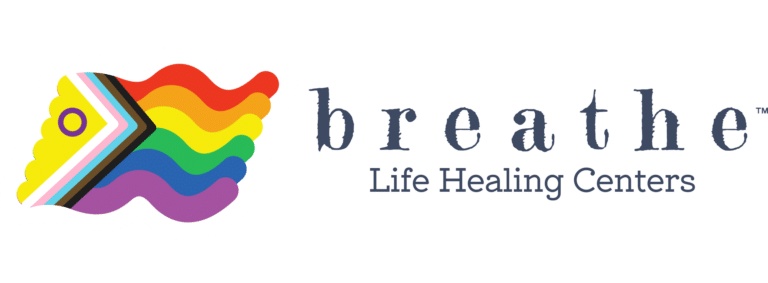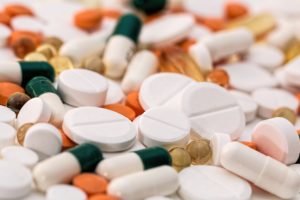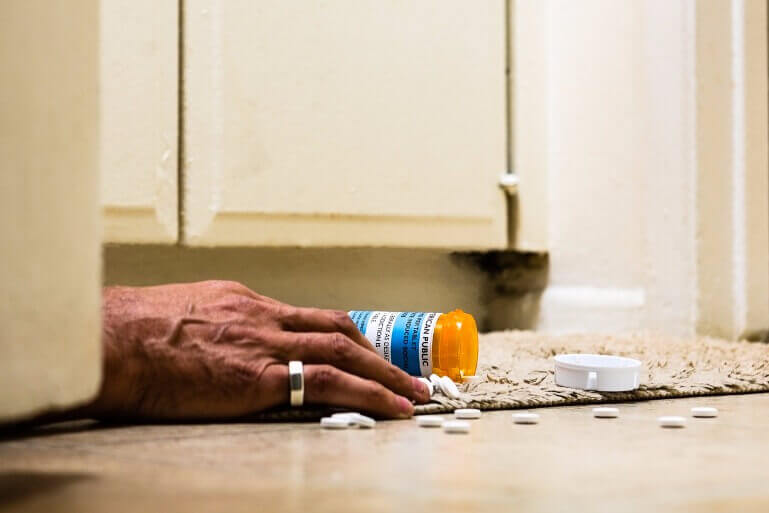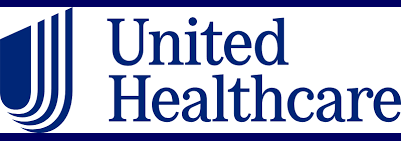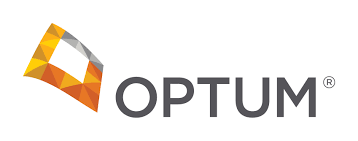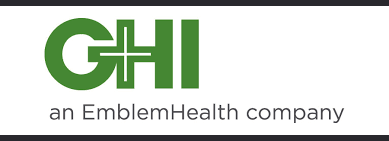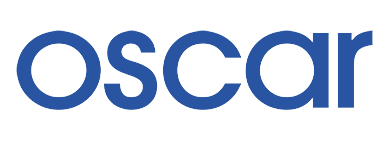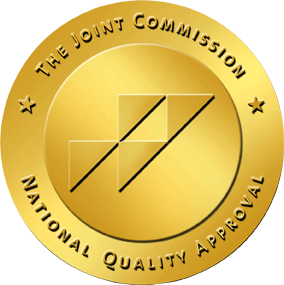Naloxone is a medication used by emergency responders to miraculously reverse the effects of a lethal opioid overdose, yet, some people are opposed to community efforts making this drug more accessible.
Naloxone is one of the most important tools we have to combat the growing nationwide Opioid Epidemic, which takes thousands of lives every year.
In 2016, a little over 42,000 Americans died due to an illicit or prescription opioid overdose. However, that number would be even higher if it weren’t for the efforts of opioid overdose prevention programs, which have distributed naloxone kits to regular people that have been used to reverse tens of thousands of life-threatening overdoses every year.
Naloxone works so well because it is an “Opioid Antagonist”
This means that during an overdose when the brain is flooded with more opioids than it can handle, naloxone pushes the opioid molecules out of the way to bind onto opioid receptors, blocking out the effects of the narcotic. In other words, naloxone competes with the opioid for the brain’s receptors and wins because it has a stronger affinity. It’s important to note that even though it does bind to opioid receptors, naloxone isn’t an opioid in itself and doesn’t produce any high.
Once the signs of overdose become apparent, like slowed or absent breathing, loss of consciousness, and a lack of response to outside stimulus (like pushing or calling the person’s name), naloxone can be injected or used as a nasal spray, depending on how the drug is packaged. The drug will counter the effects of the opioid within 2 minutes, and if it’s used quickly enough, the person will wake up and begin breathing again.
After stopping the overdose, the person will need further medical treatment to fully stabilize and manage the withdrawal symptoms which will start to set in immediately. The person may need extra support like an oxygen mask and medical monitoring until they’re in the clear.
Naloxone works best when its used as soon as possible, which is why naloxone should be in the hands of the people who need it, not just medical professionals.
That’s why hundreds of organizations have been starting to provide naloxone kits and basic training on how to use them for regular people (non-medical professionals) like drug users, and the people in their support systems. Between 1996 and 2014, the CDC found that naloxone kits had been distributed to 152,283 laypersons and there were 26,463 reported overdose reversals. The CDC has noted substantial increases in naloxone distributor organizations since 2015, and the number of overdose reversals and lives saved is expected to rise dramatically.
The World Health Organization, WHO, defines naloxone as one of the essential medications that hospitals must keep in stock, and in their publication, Community Management of Opioid Overdose, the organization states:
“These guidelines recommend that people who are likely to witness an opioid overdose, including people who use opioids, and their family and friends should be given access to naloxone and training in its use so that they can respond to opioid overdose in an emergency if a medical response is not available.”
Likewise, the CDC advocates that “providing naloxone kits to laypersons reduces overdose deaths (4), is safe (3), and is cost-effective (6). U.S. and international health organizations recommend providing naloxone kits to laypersons who might witness an opioid overdose (3,7); to patients in substance use treatment programs (3,7,8); to persons leaving prison and jail (3,7,8); and as a component of responsible opioid prescribing (8).”
Those opposed to increasing availability of Naloxone in communities affected by the opioid epidemic claim that it provides no benefit to society.
In a recent paper, “The Moral Hazard of Lifesaving Innovations: Naloxone Access, Opioid Abuse, and Crime,” the authors, Jennifer L. Doleac and Anita Mukherjee, argue that naloxone will only make the opioid epidemic worse and increase crime.
However, when you take a look at their argument, a few very unnerving things become apparent. They are advocating for the passive killing of thousands of people by withholding basic emergency medical care. This is a quote from their abstract:
“Naloxone access may unintentionally increase opioid abuse through two channels: (1) saving the lives of active drug users, who survive to continue abusing opioids, and (2) reducing the risk of death per us, thereby making riskier opioid use more appealing.”
Point (1) essentially tells us that the authors believe those tens of thousands of people saved by naloxone every year would be better off dead. In other words, if those people had just died from their overdose, our national addiction rates would look a lot better. However, this line of thinking is NOT a solution to the problem; it is the same as standing on high ground and IGNORING those less fortunate than us.
If we were to draw an analogy between addiction and another chronic disease related to behavioral choices, like diabetes, these claims would sound shockingly cruel and cold-hearted. It would be like saying insulin is harmful to society because it increases rates of diabetes by allowing those patients to survive and live with their disease, and that we should blame insulin for America’s problems with irresponsible, and unhealthy dietary choices.
Nobody chooses to become an opioid addict, and the availability of naloxone isn’t going to change that.
The authors cite evidence supporting their claims about connections between naloxone availability and increased crime, however, that evidence is shaky at best and perhaps intentionally misconstrued, this article breaks down the problems with Doleac and Mukherjee’s claims point by point.
Instead of shaping our policy around beliefs which devalue the lives of addicts, let’s try to tackle the opioid epidemic with compassion.
While naloxone is no cure for opioid addiction, and those revived by it often return to using, its value as an emergency drug is unparalleled. We should continue to increase its availability in the communities that need it most, and try to focus our efforts on addressing the factors contributing to our current opioid epidemic.
Instead of limiting access to naloxone, we should put measures in place to limit new opioid prescriptions. Preventing doctors from over-prescribing opioids for those with chronic pain, and reserving these medications for only cases of severe, acute and short-term pain would serve to prevent new cases of addiction, and therefore decrease our need for naloxone in the long run.
We can encourage alternative solutions for chronic pain management, such as counseling, meditation, and other behavioral modifications that do not lead to addiction and overdose down the line. Although it will be a tough battle to secure funding, we should also strive to increase access to addiction treatment programs that help solve the underlying problems which fuel addiction.
